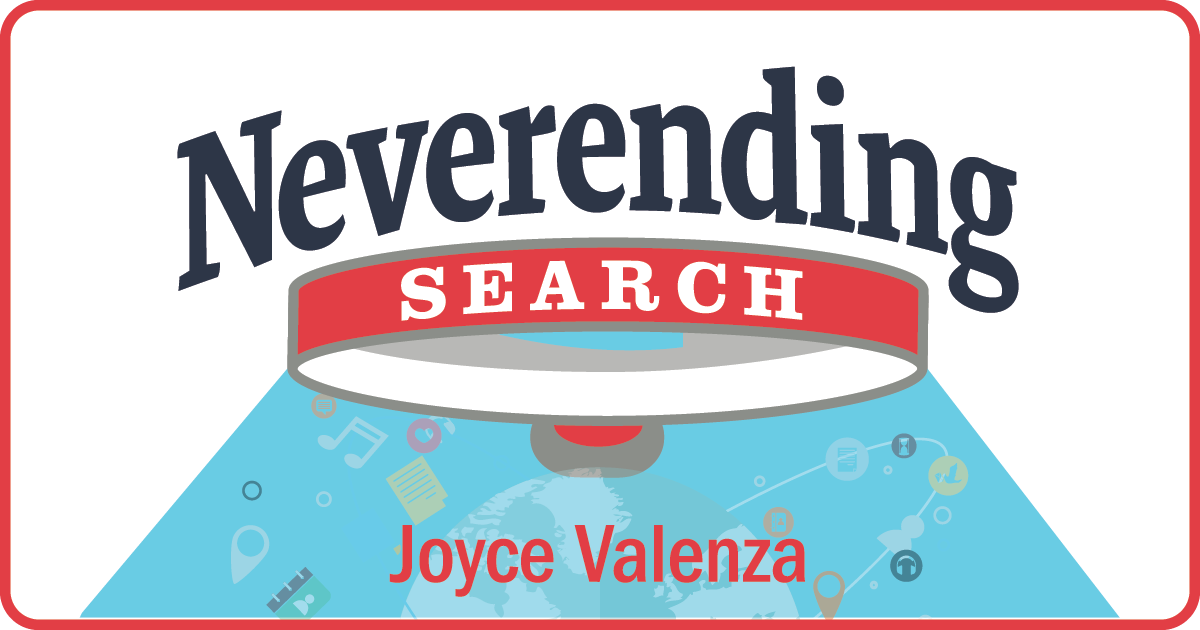SCROLL DOWN TO READ THE POST
A custom solution: Creating a Google Custom Search Engine
How do we keep our kids focused in their free Web searches while we ensure their discovery of the stuff we know is worthy of discovering? A Google Custom Search Engine could be the answer.
A Google Custom search (or CSE) allows you to guide searchers to the sites you want them to search or sites they most need to search. This may be especially useful for younger learners who may truly benefit from a filtered, noise-free search experience. You select specific sites that your search engine will search. And you continue to refine the search as you make discoveries and watch users interact. And then, voila! You embed the handy little boxes on yours and your teachers’ websites and Guides.
ADVERTISEMENT
ADVERTISEMENT
Generally, you create a CSE for two reasons.
1. Because you want folks to easily find content on your own growing site. (Check out how ALA uses a CSE for a site search.)
2. Because you want to lead searchers to a subset of very useful, trusted websites and help them to avoid the noise of an unfocused Web search.
Your CSE could lead:
- AP US History students across multiple portals to the primary sources they need to create document-based questions
- learners engaged in a first inquiry project on animals to the major zoo, aquarium and animal science resources at accessible reading levels
- wax museum researchers to solid sources of biography
- teachers to the best resources across the multiple OER portals
- art students and their teachers to major museum sites
- theater students to sources of scripts and monologues
- teachers to sources of free documentary films on the major documentary sites
Here’s a little tutorial I created to help you get started:
Here are the simple directions from Google’s Custom Search Help page:
- On the Google Custom Search home page, click New search engine.
- In the Sites to search section, add the pages you want to include in your search engine. You can include any sites you want, not just sites you own. You can include site URLs or page URLs, and you can also get fancy and use URL patterns.The name of your search engine will be automatically generated based on the URLs you select. You can change this name at any time.
- Select the language of your search engine. This defines the language of the buttons and other design elements of your search engine, but doesn’t affect the actual search results.
- Click Create.
- To add your search engine to your site, click Get Code on the next page. Copy the code and paste it into your site wherever you want your Custom Search Engine to appear.
This is the CSE on the US Presidents I was able to launch in around 15 minutes.
Beyond this tutorial, you can add refinements, for instance, labels that further annotate sites to filter for specific content or push the priorities you choose in search results.
It always surprises me how few librarians know this handy trick, one I teach my students in our search course. And it is entirely possible that your more serious young searchers may want to create CSEs of their own for major projects or passions.
Like a new car you just bought, once you create a CSE, you’ll notice them all over the (road) Web!
Filed under: Google, Google Apps, Google Chrome, search tools, searching
About Joyce Valenza
Joyce is an Assistant Professor of Teaching at Rutgers University School of Information and Communication, a technology writer, speaker, blogger and learner. Follow her on Twitter: @joycevalenza
ADVERTISEMENT
SLJ Blog Network
Name That LEGO Book Cover!
Review of the Day: City Summer, Country Summer by Kiese Laymon, ill. Alexis Franklin
Recent Graphic Novel Deals, July 2025 | News
Fast Five Interview: SJ Sindu
The Classroom Bookshelf is Moving
ADVERTISEMENT
ADVERTISEMENT







